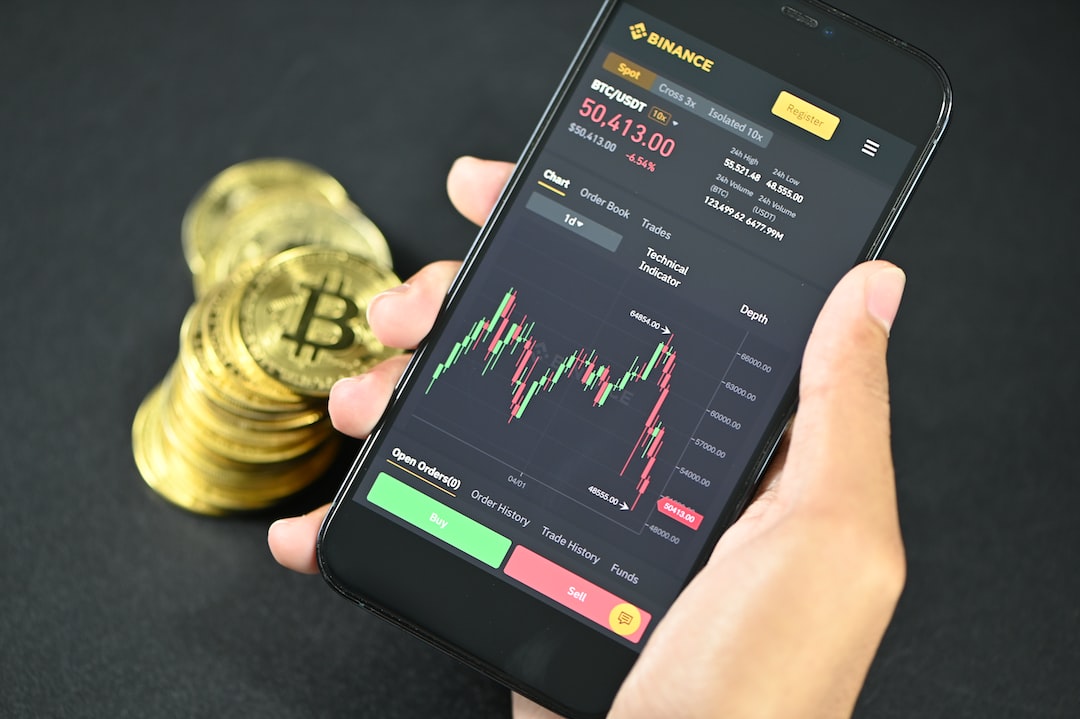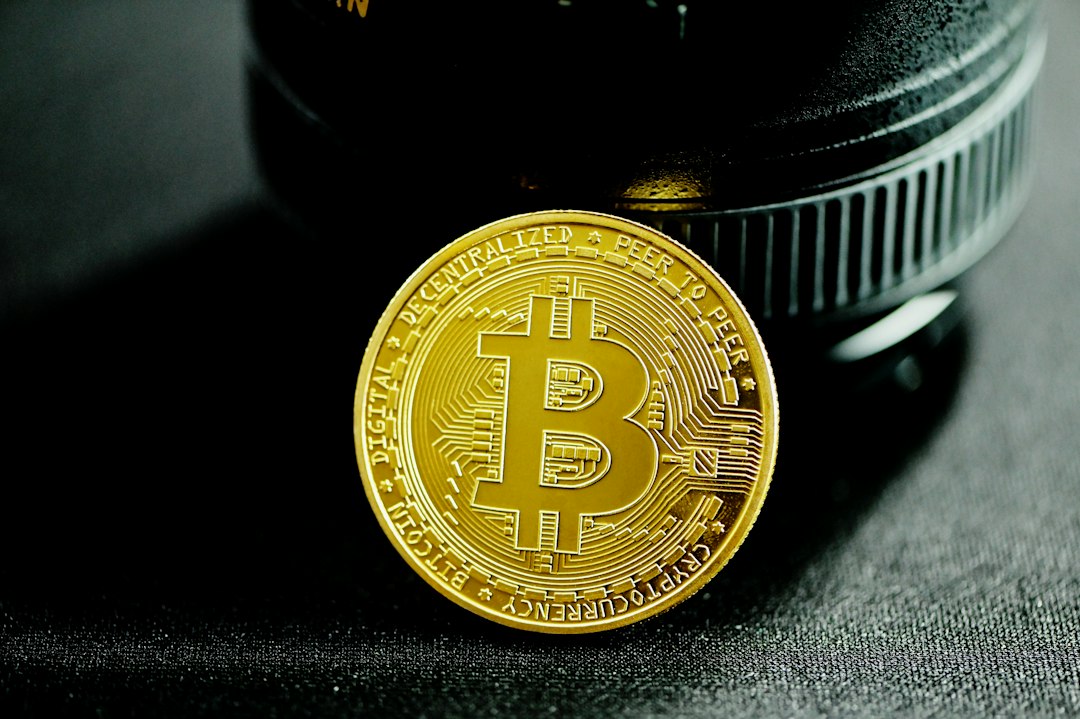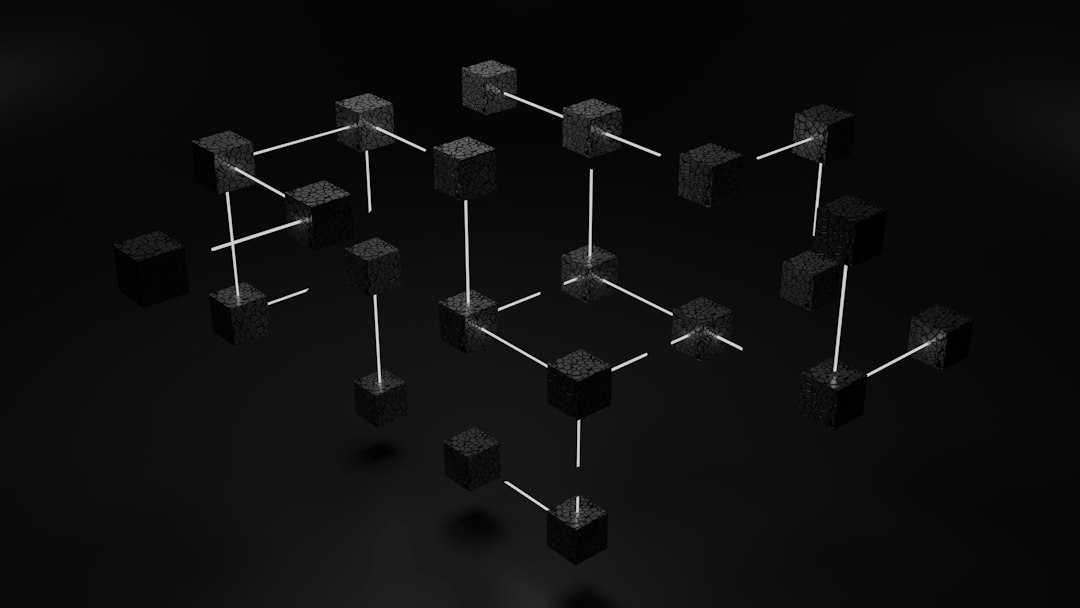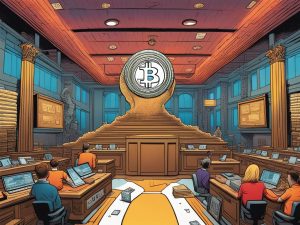What are Ordinals in Bitcoin?
Ordinals in the context of Bitcoin refer to a recent development that allows for the inscription of unique, non-fungible data onto individual satoshis, the smallest unit of Bitcoin. This transforms satoshis into one-of-a-kind digital artifacts similar to non-fungible tokens (NFTs) on other blockchain platforms. Each satoshi can be inscribed with content such as images, text, or other data, making it uniquely identifiable and collectible.
The Significance of Ordinals
This development brings a new dimension to the Bitcoin ecosystem, expanding beyond financial transactions. It enables opportunities for art, collectibles, and other forms of digital expression within the Bitcoin network. However, unlike traditional NFTs on Ethereum or similar platforms, these inscriptions are not managed by a smart contract but are embedded directly into the Bitcoin blockchain.
Debates Within the Bitcoin Community
The implementation of ordinals has sparked debates regarding block space, transaction fees, and broader implications for Bitcoin’s identity as a financial tool.
Rise in Bitcoin Transaction Fees
In a notable shift, Bitcoin’s average daily transaction fees have surpassed those of Ethereum. This increase has been attributed to the growing activity surrounding Ordinals on the Bitcoin network.
Recent Data on Transaction Fees
As of November 20, Bitcoin’s average daily transaction fee was $10.34, overtaking Ethereum’s fee at $8.43. This marks a significant change in fee structure between the two cryptocurrencies.
Correlation Between Ordinals and Transaction Fees
The surge in Bitcoin’s transaction fees reached a six-month high on November 16 at $18.67. This increase in fees seems to be correlated with the rising interest in assets inscribed with the Ordinals Protocol. This tool enables the creation of NFT-like assets and BRC-20 tokens directly on the Bitcoin blockchain.
Increase in Ordinals-based Assets
According to a report by Cointelegraph, there has been a notable increase in the creation of Ordinals-based assets starting in late October. Since October 24, over 6 million Ordinal assets have been inscribed, generating more than 800 BTC in transaction fees, equivalent to approximately $30 million. These fees are redistributed within the Bitcoin network.
Hot Take: The Impact of Ordinals on Bitcoin
The introduction of ordinals has brought about a significant change in the Bitcoin ecosystem, allowing for unique digital artifacts and expanding opportunities for art and collectibles within the network. However, debates regarding block space, transaction fees, and Bitcoin’s primary identity as a financial tool have also emerged. The rise in Bitcoin’s transaction fees, surpassing those of Ethereum, suggests a growing interest in assets inscribed with the Ordinals Protocol. This development showcases how Bitcoin continues to evolve and diversify beyond its traditional role as a digital currency.





 By
By
 By
By
 By
By

